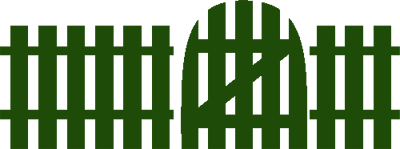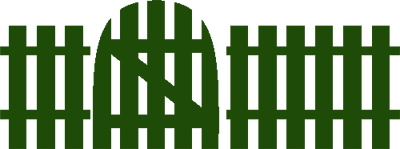North Country Fence
a TDK Enterprises, Inc. Company
19 Fireside Road • Center Conway, NH 03813 • Bus: 603.447.3212 • Fax: 603.447.3212 • tdkenterprises@msn.com
19 Fireside Road • Center Conway, NH 03813 • Bus: 603.447.3212 • Fax: 603.447.3212 • tdkenterprises@msn.com
© 2012 TDK Enterprises, Inc. All rights reserved
Frequently Asked Questions...
"What brand of PVC product does North Country Fence use?"
NCF uses Westech Fence brand PVC products to fabricate our fence.
"How is vinyl fencing made?"
Monolayer and Co-Extrusion are two types of extrusion processes typically used in production of all types of PVC products such as siding, windows and door frames, pipe and fence products.
"What is PVC fencing made of?"
A. Resin: PVC (PolyVinyl Chloride) resin is the main ingredient in a vinyl fence profile compound. Resin manufacturers offer multiple grades designed for different applications. Westech uses only high quality resin manufactured by their parent company, Westlake Group, one of the premier producers of resin in the world.
B. Additives: To create a product that has asthetic appeal, impact resistance and long term weatherability, controlled quantities of specialized components are added. Westech closely governs the supply of additives used ensuring extruded product integrity and performance.
"What is the difference between Monolayer Extrusion and Co-Extrusion?"
Monolayer Extrusion: A single extruder is used to form the desired shape, and the characteristics are uniformly dispersed throughout the overall thickness of the profile.
Co-Extrusion: Co-Extrusion uses two layers of PVC, the Cap-Stock, and the Substrate Layer. The cap stock contains a denser concentration of essential elements, such as UV inhibitors. Westech's profiles conform to the ASTM Specification F964-94 requiring that the cap stock layer be a minimum of 0.015" thick and a maximum of 20% of the overall thickness of the profile wall.
Substrate Layer: The Substrate Layer, or inner layer, is essentially that same as the cap stock layer, but with a lowered concentration of UV inhibitors and color pigment. This allows for a better molecular bond by the impact modifiers in the substrate compound, resulting in a stronger product.
"What is regrind?"
Some manufacturers may purchase recycled plastics (regrind) for use in the substrate of their extruded profiles, mainly to reduce costs. It is very difficult to control or verify the source of the regrind purchased. They cannot determine how many times the material was already reprocessed (which is important, as multiple processing usually results in a more brittle, inferior product), nor can they be sure what the exact chemical composition of the waste product was so as to extrude it properly. Westech Fence, Deck and Railing products, whether mono or co-extruded, contain only virgin (non-outsourced recycled) materials.
"What are some factors regarding price differential between manufacturers?"
First, you get what you pay for. Resin and additives are typically handled as commodity materials (supply and demand dictate pricing). Some new manufacturers establish a low price, which they may later raised. Others decide to make "economy" product offerings, either by making a thinner product, which may not conform to industry standards or building codes, or by using recycled materials which change the dynamics of the product itself. They may also fabricate the product using inexpensive, high volume and inferior methods, such as gluing the pickets on to the rails, or using substandard fasteners to attach the rails to the posts. They may use all or a combination of the above.
"What are some of the differences you can see?"
Some visible differences are:
Striation lines along the face of the profiles (like drag lines all along the length) mar the look of the profile.
Low Gloss could be a sign of cost effective but inferior additives in the cap stock or could be an attempt to camouflage surface imperfections.
Corner radius measurements may differ from one side or face of the profile to another, indicating low Quality Control procedures.
"Grey back"- deeply contrasting coloring on the inside layer of a co-extruded profile usually indicates a high content of purchased (or non-fence) recycled materials.
Thin Cap Stock - The cap stock thickness may be so thin that it looks like it was painted on, or is very irregular, in some places nearly disappearing - an indication of non-compliance to ASTM requirements.
Narrow or Varied Wall Thicknesses can compromise impact performance and reduce durability.
Other differences are invisible at first, but may become apparent over time. Products using low concentrations of TiO2 will have a tendancy to yellow or may easily crack under prolonged UV exposure. Impact Modifiers may be of inferior quality, or have a reduced concentration level, resulting in low-impact cracking which may splinter and shard sharply.
















